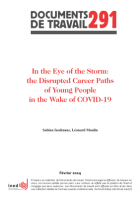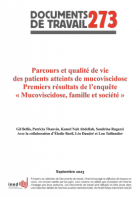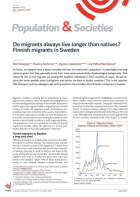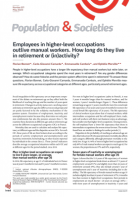
@@src2@@
End of life in Europe: an overview of medical practices
Population and Societies
n° 430, January 2007
Beyond the rare cases of euthanasia that hit the headlines, often concerning young people with severe injuries or disabilities, the end-of-life care of old people is a daily concern for hospital physicians and medical teams. Are decisions that could hasten death taken on a routine basis? Who takes these decisions?
Pending the results of a survey under way in France, a review of the situation among some of our European neighbours sheds light on the question and rekindles the debate on the "right to die in dignity".
Physicians are increasingly faced with medical decisions liable to hasten the death of very old patients. According to the Eureld survey conducted in six EEuropean countries, medical decisions of this type occur in between a quarter and a half of deaths. In most cases, they concern potentially life-shortening pain and symptom alleviation (19% of all deaths in Italy, 26% in Denmark). Medical decisions with the explicit intention of hastening the patient’s death concern between 2% (Italy) and 21% (Switzerland) of deaths. They consist in withholding or withdrawing treatment, or administering or prescribing lethal drugs. Active euthanasia by administration of lethal drugs is rare.








